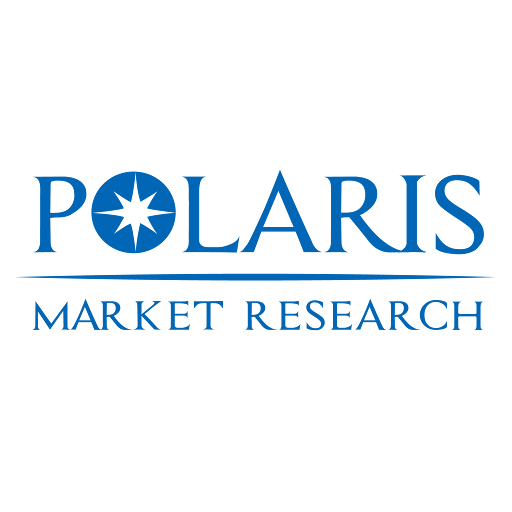Strategic Collaborations and Energy-Efficient Infrastructure Drive Underfloor Heating Adoption in Key Global Economies

The global underfloor heating market was valued at USD 4.23 billion in 2024 and is forecast to grow at a CAGR of 6.8% during the period ahead. Underfloor heating systems—delivering radiant warmth via embedded tubing or electric elements beneath floor surfaces—are gaining traction owing to rising energy efficiency mandates, retrofit programs, and consumer preference for comfort heating. Regional growth patterns are uneven: Europe remains the lead region, while Asia Pacific and North America exhibit distinct growth profiles shaped by regulatory, technological, and trade-specific factors.
In Europe, underfloor heating adoption is highest, with the region historically commanding the largest share of global installations. Markets in Germany, the U.K., France, and the Nordic countries have driven uptake under stringent building codes pushing toward low-energy homes and bans on conventional boilers. For instance, many jurisdictions in the EU are introducing restrictions on gas-fired heating systems in new builds, which encourages electrified heating approaches like underfloor or heat pump–coupled systems. The regional manufacturing trends in Europe reflect consolidation around advanced hydronic and electric underfloor heating modules, and cross-border supply chains within the EU facilitate component sourcing and distribution. Market penetration strategies in Europe emphasize integration with heat pump systems and smart control compatibility.
Asia Pacific is emerging as a high-growth region. China leads in volume due to new residential construction, rising middle-class housing demands, and government subsidies toward green building certifications. India, South Korea, and Japan are also witnessing increasing underfloor heating installations in premium homes and high-end commercial developments. To penetrate these markets, vendors are implementing local assembly, partnering with HVAC integrators, and tailoring designs for tropical or subtropical climates with seasonal cooling needs. Trade-specific factors such as import tariffs on heating cables or PEX piping and regional content rules influence how international providers approach Asia Pacific rollout.
North America offers a more cautious but upward trajectory. The U.S. and Canada have historically low penetration of radiant floor heating; underfloor heating is often limited to high-end homes or niche applications (bathrooms, basements). However, rising energy codes, decarbonization goals, and consumer interest in comfort heating are making underfloor heating more attractive. Cross-border supply chains between the U.S., Canada, and Mexico are leveraged by suppliers to optimize logistics. Market penetration strategies in North America include staging pilot deployments in cold-climate states, coupling with heat pump systems, and promoting retrofit-friendly thin-slab kits.
Read More @ https://www.polarismarketresearch.com/industry-analysis/underfloor-heating-market
Drivers are regionally nuanced: in Europe, aggressive regulatory pressure and building code mandates drive adoption; in Asia Pacific, urbanization, rising disposable income, and smart home trends fuel uptake; in North America, energy efficiency motivations and premium home renovation activity push demand. Restraints also differ: Europe and North America face high installation cost, competition from legacy HVAC systems, and existing ducted heating preference. In Asia, challenges include limited design awareness, variable climate suitability, and underdeveloped supply networks. Opportunities lie in regional manufacturing trends leveraging modular prefabricated underfloor heating kits, regional logistics hubs to compress lead times, and market penetration strategies like bundling with heat pump or smart control packages. Trends include integration with IoT thermostats, demand for hybrid systems (electric + hydronic), and optimizing cross-border supply chains to reduce component cost.
The competitive landscape is consolidated among a few major players that have global scale, strong distribution, and product development capabilities.
- REHAU
- Uponor Corporation
- Raychem (nVent)
- Danfoss
- Giacomini
These firms are executing regional expansion, innovation in control systems, and localized manufacturing to strengthen market hold across Europe, Asia Pacific, and North America.
More Trending Latest Reports By Polaris Market Research:
Automotive Charge Air Cooler Market
Artificial Intelligence (AI) in Food & Beverages Market
Europe Pipeline Pigging Market
Growing Concerns over Food Waste Globally to Boost Market
Artificial Intelligence (AI) in Food & Beverages Market
U.S. Neurovascular Intervention Devices Market
- Music
- Travel
- Technology
- AI
- Business
- Wellness
- Theater
- Sports
- Shopping
- Religion
- Party
- Other
- Networking
- Art
- Literature
- Home
- Health
- Gardening
- Games
- Food
- Fitness
- Film
- Drinks
- Dance
- Crafts
- Causes
